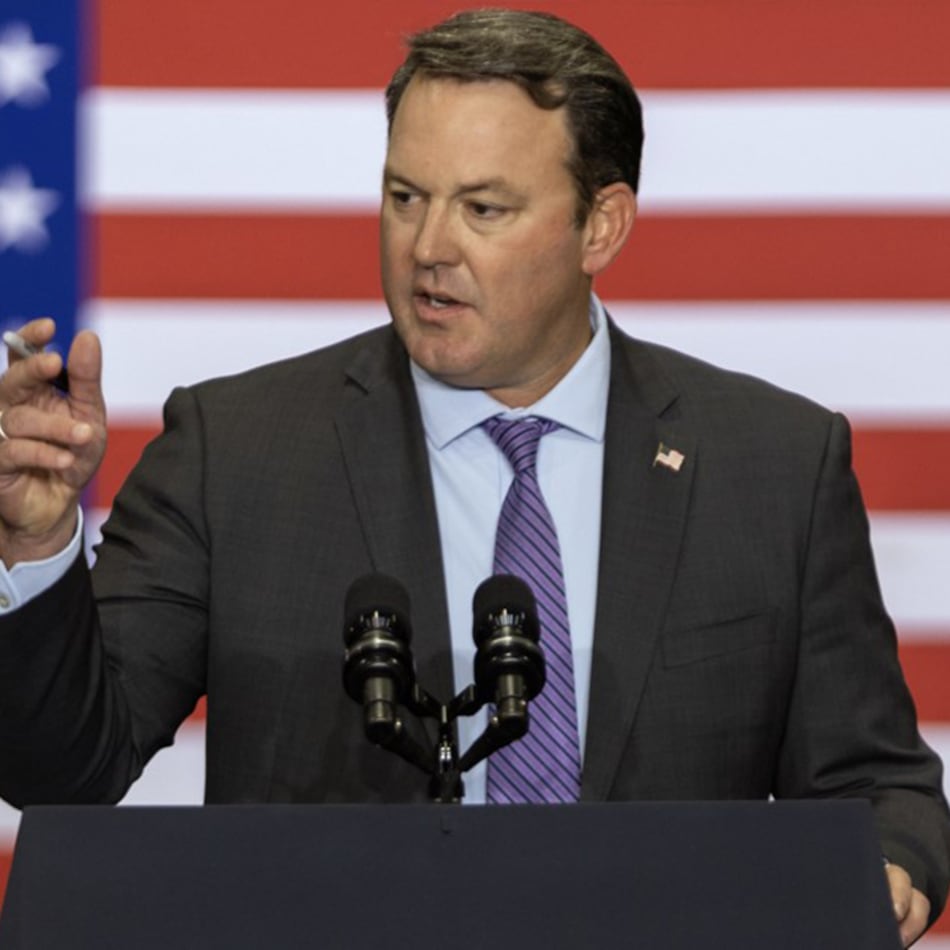Spending on School Security in Metro-Atlanta Districts for Fiscal Year 2012:
Atlanta: $9.2 million
Clayton: $1.1 million
Cobb: $5 million
DeKalb: $3.5 million
Fulton: $6.2 million
Gwinnett: $2.6 million
City of Marietta: $183,812
City of Decatur: $190,392
Source: School Districts
In the aftermath of the elementary school shooting in Newtown Conn., The Atlanta Journal-Constitution investigated what schools were doing to keep local students safe. The newspaper filed open records requests with eight metro area school districts to get details about security spending. The newspaper also analyzed data from the state Department of Education on violent and discipline incidents on school campuses, including trespass data to see how frequently intruders enter school property.
Atlanta Public Schools poured more than $9 million last year into protecting its students with armed police, cameras and metal detectors.
But that didn’t stop a student with a grudge from shooting and injuring a classmate outside Price Middle School.
Coming just weeks after a deadly massacre at a Connecticut elementary school, the shooting last month in Atlanta underscores the challenges schools face: how to keep campuses safe without turning them into police states.
Around metro-Atlanta, districts have bolstered their spending on security even as the recession has forced other education cuts and federal grant money for safe schools has evaporated. A review of records by the Atlanta Journal-Constitution, found that eight school districts in the metro area together spent more than $28 million on school security last year, a 23 percent jump from five years earlier. Most of that is for a growing fleet of armed school resource officers, who’ve become fixtures at middle and high schools.
Some districts have also invested heavily in technology, like cameras, and hardware, such as fencing and metal locks. In the city of Marietta school officials recently installed "panic buttons" in classrooms. This week, Cobb County will vote on whether to spend $900,000 in sales tax money to outfit several school entryways with buzzers.
School officials say the spending during tough budget times is needed to keep students safe and focused on learning.
In Cobb County, for instance, the school board has approved tens of millions of dollars in spending for security in recent years even as class sizes have grown and extracurricular funding has dwindled.
“When parents send their kids to schools we want them to know they’re safe and we provide a safe learning environment.” explained James Arrowood, the director of the district’s department of public safety.
Schools that once used to be open community gathering places have been transformed into fortresses and experts worry that can translate into a hostile environment for learning.
Some studies show that violence prevention programs have better results with many students, but funding for those initiatives has declined.
And in a time of scarce classroom resources, schools are spending millions of dollars to prevent something statistically unlikely to happen. Records obtained by the AJC show that intruders are rare on Georgia school campuses, making up less than one percent of the nearly 178,000 discipline or criminal incidents schools reported in 2012. When they do occur, they’re frequently irate parents or expelled students looking to see their friends, not an armed intruder, a sampling of records shows.
Several national studies show that schools remain the safest place a child could be.
Still, districts have shifted their security efforts toward external threats, said Garry McGiboney, the associate superintendent of policy and charter divisions for the Georgia Department of Education.
That’s only become more pronounced since the the Newtown, Conn. shooting that left 26 dead, 20 of them first graders. There has been a national clamor to hire even more school resource officers. And in Georgia, a bill has cleared a House committee that would arm school employees against gun-toting intruders. The state’s school superintendent, John Barge, said he supports the idea of school resource officers at all Georgia schools but has concerns about the cost, which would easily run into the tens of millions of dollars. School resource officers play multiple roles, patrolling hallways and keeping students in check as well as standing guard against intruders.
The emphasis on guns and police leaves some educators uneasy.
“School security and emergency response used to be a foreign concept to teachers, but in recent years, it is becoming a greater priority for school personnel,” Leigh Colburn, principal of Marietta High School told teachers during a recent training session on how to respond to school shooters.
But drills and training sessions have become the order of the day since Newtown. In recent weeks, Georgia police, fire and SWAT teams have scoped out schools, and administrators have dusted off outdated security plans. Parents now station themselves at school house doors and teachers have sought training on whether to "run, hide or fight" when faced with a school shooter. First aid training for educators includes how to treat a gunshot wound. Districts like Atlanta and Clayton are reviving efforts to form their own police forces. Cobb, DeKalb, Gwinnett and Fulton already have them.
The extra security has some parents on edge.
“If you have a climate that’s not loving, warm to learning, for students, it becomes an ‘us verse them’ situation,” said David Payne, a grandparent of Atlanta students and the executive director of the Atlanta Community Engagement Team, a group of parent activists.
At the same time _ perhaps because of the additional police manpower _ the number of discipline or violent incidents reported by districts has plunged, from 1.1 million in 2007 to 786,608 last year, state data shows. Cases referred to courts for criminal charges have also decreased, despite more school resource officers on the ground. Schools around Georgia report thousands of incidents of disorderly conduct and fighting every year. But also in the mix are drugs, tobacco and alcohol on campus as well as potential criminal violations like weapons possession and sex offenses.
While some administrators and experts point toward increased security measures, others say more nuanced efforts such as counseling, gang violence awareness and peer mediation programs are more effective.
Federal grants that had funded such programs ended in fiscal year 2010, when Georgia received $8 million, most of which was funneled to local districts for things like conflict resolution and expanded school mental health services. The loss of that money from Washington forced districts to lay off several school safety coordinators and end much of the crime prevention programming.
Up until last year, Georgia schools were tagged under No Child Left Behind as “persistently dangerous” for having a high amount of crime. But, under the system, only Long Middle School in Atlanta and Murphey Middle School in Augusta met that criteria.
This fall, the state’s department of education will begin measuring school safety based on discipline and attendance records as well as surveys of students, teachers and parents.
The old measure, McGiboney said, “was focused on the negative, not the positive.”
Charles Dawson, the director of operations for the Georgia Emergency Management Agency who works with schools, said the trick is to strike a balance.
“I don’t think you can be too prepared but I think it does need to be balanced like anything else,” Dawson said. “Kids have to have good time, laugh and play but we do need to be thinking safety and security all the time.”
But all the money spent on high-tech hardware doesn’t matter if it doesn’t work.
Records obtained through an open records request show that as of Feb. 12, 12 of the 66 metal detectors in Atlanta schools were either missing, not working or lacked a power cord.
“It’s a bit of an illusion in that it make you feel that you’re doing something,” Matthew Mayer, a Rutgers University professor who has studied school security, said about school districts investing in security hardware. “But we’ve seen in so many cases that it hasn’t made a difference.”
One of the schools where the detector was not operational is Price Middle School, where violence erupted last month.
Price sits atop a hill in a mixed-income neighborhood in southeast Atlanta. Students weave in and out of several squat gray buildings on the campus during the school day. It was while transferring classes on the afternoon of Jan. 31, that police say rival members of local gangs got into a shouting match. One of the students pulled out a handgun and shot a 14-year-old in the neck. It was a school resource officer on duty that quickly intervened and arrested the student.
But Annette Fuentes, author of “Lockdown High: When the Schoolhouse Becomes a Jailhouse” argues the increased security makes some students feel even more vulnerable.
“These are devices and techniques designed for prisons, not schools,” said “Since the early 2000s, there’s been incredible hype and a complete disconnect of the reality of violence in school and the public perception of violence in school.”
“You’re spending valuable resources, especially in times of budget austerity, that are not improving learning,” Fuentes continued. “Schools can be places where kids come to learn and feel safe or where they focus on security and obedience to authority. Those two approaches are not compatible.”
For now, the security drills have helped some students left jittery by the violence they’ve seen in classrooms elsewhere.
“I feel safer since I know what to do,“ Stephani Caezas, a 16-year-old freshman at Marietta High School, said after a school lock down drill.
“It’s not that scary anymore.”
About the Author
Keep Reading
The Latest
Featured

